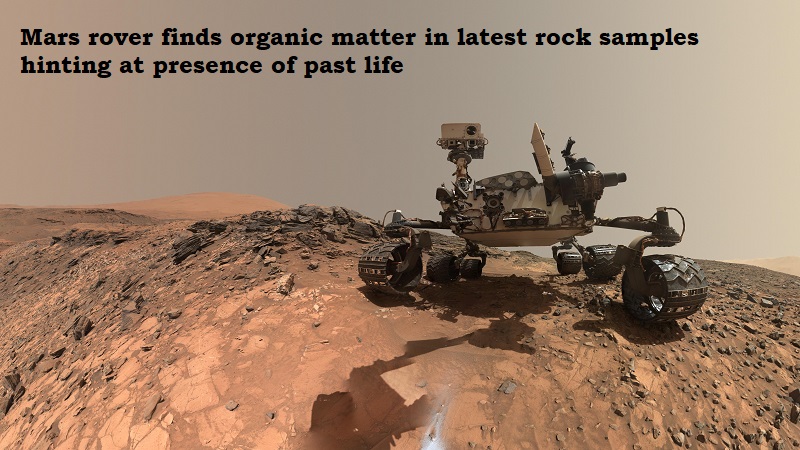
NASA’s Resilience The Mars rover has found the largest quantities of organic compounds indicating that the planet may have had habitable environments 3.5 billion years ago. It is a potential sign of ancient microbes and scientists are eager to confirm it when the rock samples are eventually brought to Earth.
The Jezero Crater, where the discovery was located, apparently originally had a lake and a delta that empties into it.
Although organic material has already been discovered on Mars, the most recent find is seen as particularly hopeful because it originated from a location where silt and salts were dumped into a lake, creating the ideal environment for the emergence of life.
However, according to specialists, biological activities do not always result in the formation of organic molecules, which are compounds predominantly formed of carbon and typically contain hydrogen and oxygen, but also occasionally other elements.
For this reason, more research is necessary before drawing a conclusion. The Mars Sample Return mission, a partnership between NASA and the European Space Agency (ESA) to bring back the rocks, is scheduled for 2033, thus there will be a ten-year wait for that.
The Percy rover, touched down on Mars’ Jezero Crater in February 2021, was charged with collecting materials that might provide evidence of prehistoric life as well as describing the planet’s geology and historical temperature.

Post Your Comments